John Sims relocated to Tucson, Arizona, in search of a more peaceful existence. He had no idea that would become one of the most memorable moments of his life. It all began when the previous owner of his new home informed him of a terrible rumor.
Something was rumored to be buried someplace on the land. Because he couldn’t get it out of his thoughts, John began digging in the backyard. He was taken aback by what he discovered. He most emphatically did not sign up for this.
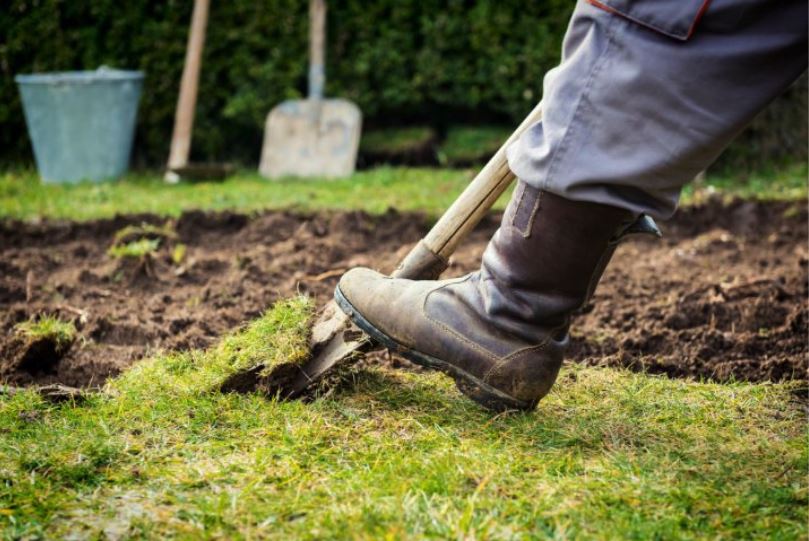
The house with the enigmatic backyard
When John Sims learned that a friend was selling a house in midtown Tucson, Arizona, he jumped at the chance. He felt he’d be in good hands because the owner was a friend. However, once the paperwork was completed, his acquaintance informed him of a rumor regarding the property.
The elders of the community believe something is intriguing buried someplace in it. His pal never solved the problem, but John might. As it turned out, John would discover something that would have the entire state of Arizona talking.

His curiosity got the better of him.
As John began to pack his stuff for his new home, he remembered what his friend had said. He was both inquisitive and intrigued. He became desperate to discover what secrets were hidden in his new land.
John began excavating in his backyard after exploring it. He ended up digging four holes across the backyard and finding nothing. If he couldn’t locate anything beneath the grass, it had to be beneath the brickwork.
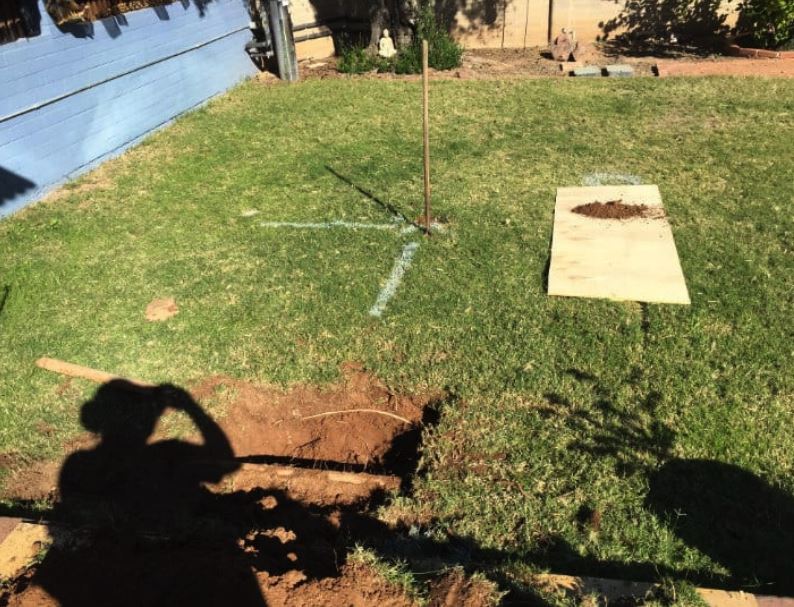
John obtained municipal records and discovered the documentation of his house’s construction. It revealed that an unusual facility was created in 1961 by a business called Whitaker Pools. John was even more determined to solve the riddle now that he had proof that something was buried on the land.
He engaged metal detector consultants to assist him in locating the exact location. A team arrived with the necessary equipment and checked John’s backyard. The metal detectors soon began to sound. With a large X chalk mark, John indicated the two locations that activated the metal detectors.
After sending the consultants home, John eagerly grabbed a shovel and began digging. It didn’t take long for his shovel to hit anything metallic. He eventually discovered something three feet beneath the grass. Now that he had made some progress, John decided to take a break and reflect.
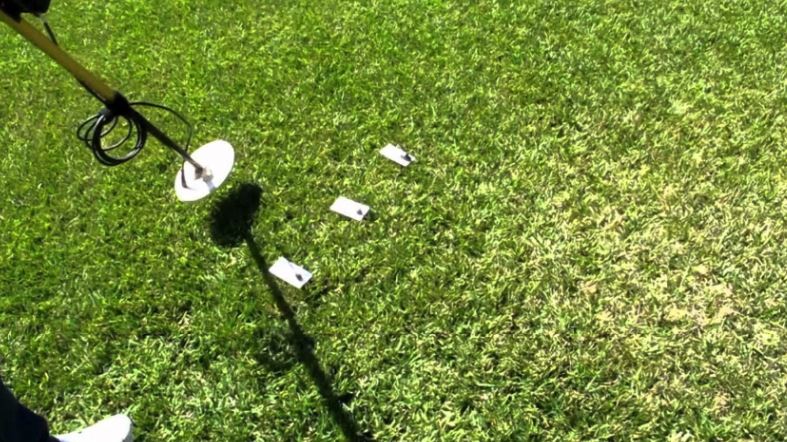
What if this was a sewage system? What if he accidentally damages or breaks a pipe? He had to be very careful. But as he searched around with care, he began to suspect that this was something more. He was on his way to solving the mystery in his yard.
Later, John discovered what appeared to be the entrance to a hatch. He knelt to brush away the dirt and pry open the metal cover. As a precaution, John did not inhale too much due to the danger of mold spores or hazardous gas vapors.

John left the lid open for approximately a day to let air from down below waft out and provide time for fresh air to enter the building. He also knew that before he could enter the enclosed room, the air had to be checked for mold.
The next morning, John peered into the hatch. He discovered a spiral staircase that led down. While most people would be so pleased that they would rush down, John was not so dumb.
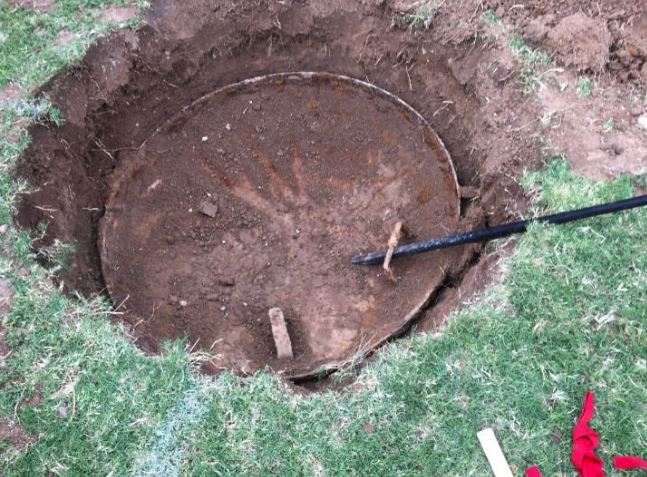
He should have known better. He needed someone nearby as a captain of the Rural/Metro Fire Department in case the lid dropped back in. He was home alone at the time, and there was no way he could remove the lid from below on his own.
With all his training and experience rescuing people stuck in confined areas, John was well aware of the dangers. He could tell that the staircase was unstable and that entering the shaft alone would be dangerous.
As a result, John decided to form a team. He summoned some friends to assist him. They could assist him with the excavation, and some could act as spotters when it was safe to explore what was inside the hole.
When the group got again the next day, they sat down and sketched out a plan. They also talked about how they should proceed. They began by repairing and reinforcing the concrete framework surrounding the steps.
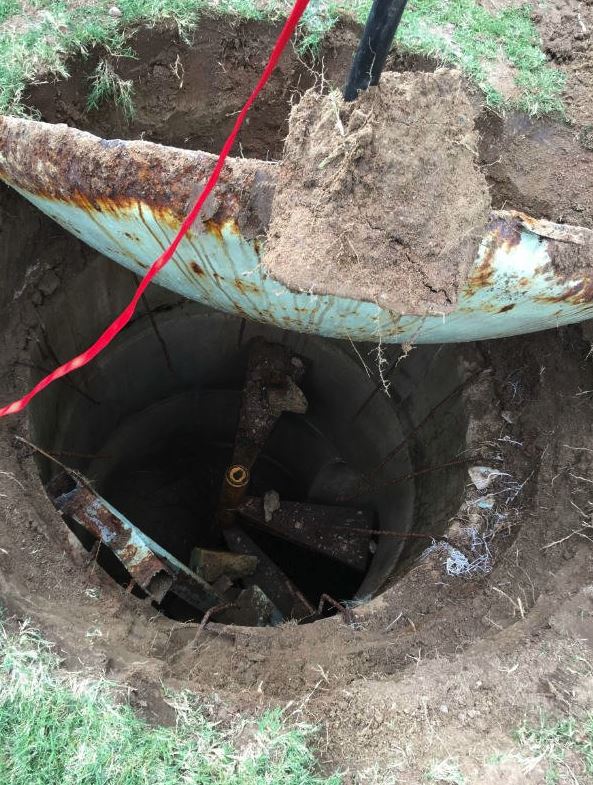
They placed Sonotube cardboard around the entryway to protect it from damage while they worked. John and his crew labored to build down concrete layers and secure the rebar inside the hatch.
John had to throw up a tarpaulin cover over the hatch to protect it and the team. The Arizona heat was becoming unbearable. During their pauses from the heat, they speculated about what might be down there.
There was a lot of work to be done to locate the answers. An electrical line had to be constructed to have adequate lighting within the shaft and utilize power equipment if necessary. In addition, a black pipe was added to bring fresh air into the shaft.
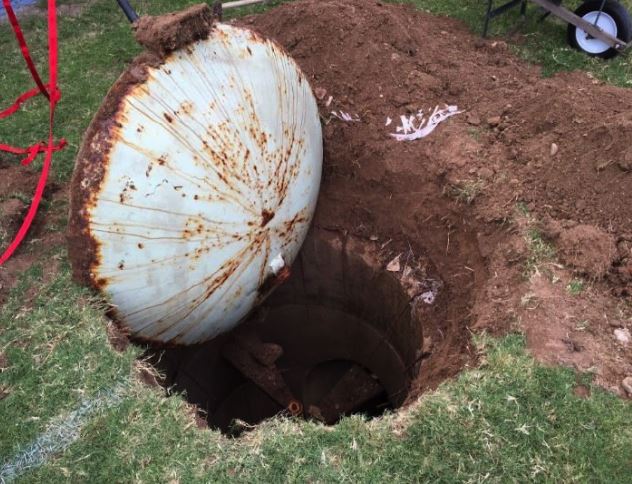
Finally, their work on the construction was completed. The spiral staircase, on the other hand, presented a new challenge. The steps were so rusted that it was impossible to discern if they could support any weight. They had to find a way in without taking the stairs.
The team used a ladder, and John had to climb down cautiously to avoid cuts from the rusted stairs. John was giddy with delight. He was going to be the first to crack the case. This was the moment he had been looking forward to.
John made it to the bottom and was relieved that they didn’t have to dig any further. But there was still work to be done. The tunnel ceilings were covered in fiberglass, which was gradually deteriorating. This meant that the structure was still unsafe.

John looked around attentively and couldn’t believe that the structure was mainly in good condition despite nearly half a century of inactivity. The facility was empty, but it was later revealed that it was a nuclear bomb shelter in John’s backyard!
Suddenly, everything made sense. The bunker was constructed during the Cold War when tensions between the United States and the Soviet Union threatened nuclear war. Whitaker Pools later expanded its business to include bomb shelters.
There were bomb shelters on several estates in the Tucson region. Back then, it was the finest thing a respectable family man could do to ensure the safety of their loved ones in the event of a nuclear war.

As it turns out, there is a lot of history around Tucson and bombs. Tucson was previously known as “Rocket City,” as it had 18 ballistic missiles capable of traveling across continents and destroying an area of 900 square miles.
The missile silos were kept secret by the government, and by the end of the Cold War, practically all of the rockets had been deactivated. During the early 1980s, most nuclear shelters were also demolished or shut.
When John shared his garden discovery on Reddit, it quickly went viral. In just a few hours, the post received hundreds of comments. Local newspaper stories and TV programs began contacting me for interviews.
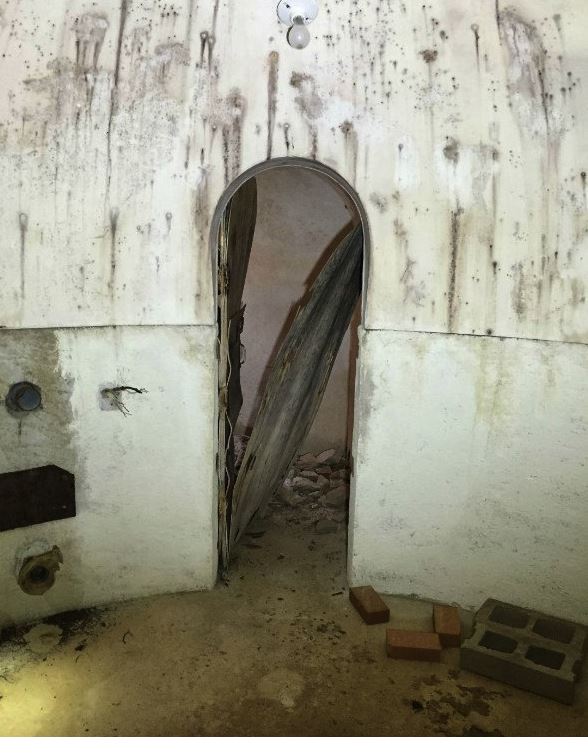
International outlets such as the Daily Mail also picked up the story. John’s story also made it to Japan. It was an incredible find. Tucson locals began to worry if they, too, had one in their yard.
Because of all the attention, John was able to contact other folks in the neighborhood who also have fallout shelters on their property. He asked them how they cleaned it and received suggestions from them on what to do with it.

While most individuals converted theirs into wine cellars or man caves, John intends to turn his into a Cold War museum. After conducting extensive research on the era, John began collecting Cold War items such as Geiger detectors, water supply barrels, HAM radios, and sanitation kits.
“I was hoping for a small microcosm… a time capsule full with civil-defense boxes, radiation detectors, and beds and stuff like that,” John said in an interview. Unfortunately, there was no furniture in the bomb bunker.
John also mentioned that he has been doing a lot of reading regarding the Cold War. He argues that the Cuban Missile Crisis was most likely the primary reason that Tucson homeowners built bomb shelters in their backyards during the 1960s.
If Tucson homeowners are curious whether they have a bomb shelter in their backyard, John recommends searching up data from the City of Tucson or Pima County. Most likely, the information will be included in the building permits.
John also advises everyone not to rush in once they discover a bomb shelter in the yard. “Jumping into holes in the ground is generally not a smart idea,” John added, explaining that the toxic air in a tunnel or cave-in may swiftly incapacitate anyone.
John is determined to rebuild the bomb bunker. But he lacked the necessary funds. He created a GoFundMe account to help rebuild his 1960s bomb shelter. He intended to reconstruct the doorway as well as work on the inside.
One of John’s top concerns was to replace the stairway so that people could securely enter it. John could only do that with the monies he could collect, and now he and the renovation team can go in and out safely.

